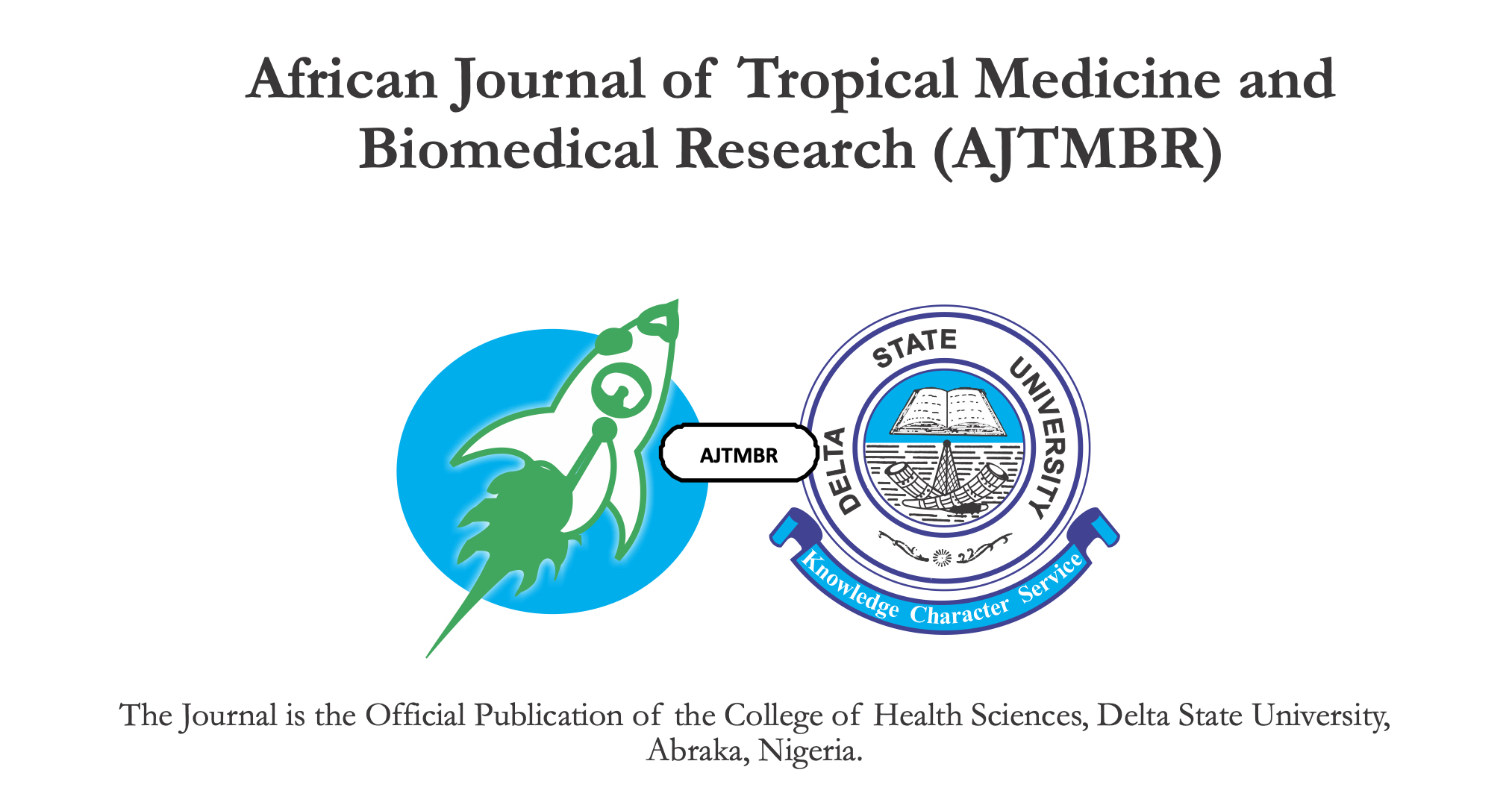Profile of Blood Pressure Control and Other Comorbidities Among Medical Outpatients Attending A University Teaching Hospital, South-South Nigeria
Abstract
Background: Hypertension is the commonest non-communicable diseases worldwide. Patients suffering from this condition may also have other co-morbidities.
Aim: To show the profile of blood pressure control among patients attending the Consultant Medical Out-Patient Department (MOPD).
Methodology: A retrospective descriptive study of MOPD clinic attendees with hypertension. Patients aged 18 years and above who had both their first and sixth clinic visits between November 2012 and November 2013 were recruited for the study.
Results: A total of 150 subjects were enrolled with a mean age 58.3±13.0 years, and 68 (45.3%) were males. The mean SBP, DBP and pulse rates at first and sixth visits were 145.8(±23.3) mmHg, 87.8(±14) mmHg and 83.1(±15.1) bpm, and 138.0(±22.9) mmHg, 84.5(±12.9) mmHg and 80.9(±13.4) bpm, respectively. By the third clinical visit, 67% of the study population had attained target blood pressure control.
One hundred and fourteen (76.0%) of the study population had co-morbidities and complications (diabetes, dyslipidemia, heart failure, hypertensive heart disease). All the patients with dyslipidemia were placed on lipid lowering drugs but no repeat test was done during the study period. About 7.3% of the population had adverse drug reactions such as headaches, dizziness, generalized body pains and nausea.
Conclusion: Only 67% of the subjects attained target blood pressure control by the third visit. There is need for more aggressive approach in managing patients with hypertension. It is important to document adverse drug reactions and follow the recommended pharmacovigilance protocol.
References

Downloads
Published
Issue
Section
License

This work is licensed under a Creative Commons Attribution-NoDerivatives 4.0 International License.
Key Terms:
- Attribution: You must give appropriate credit to the original creator.
- NonCommercial: You may not use the material for commercial purposes.
- ShareAlike: If you remix, transform, or build upon the material, you must distribute your contributions under the same license as the original.
- No additional restrictions: You may not apply legal terms or technological measures that legally restrict others from doing anything the license permits.
For full details, please review the Complete License Terms.



